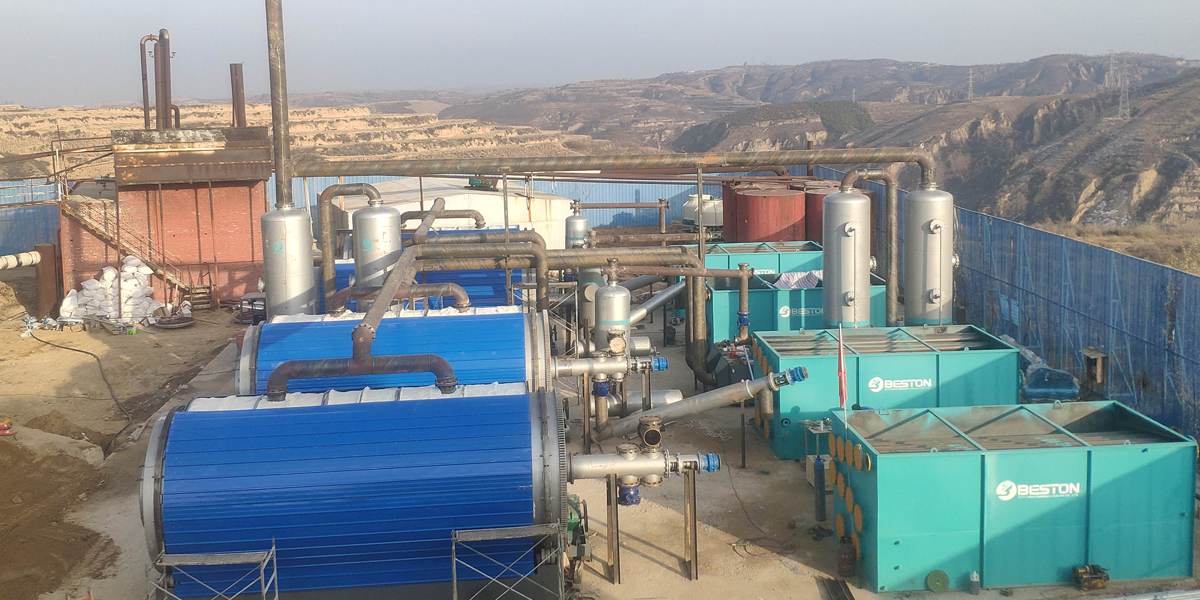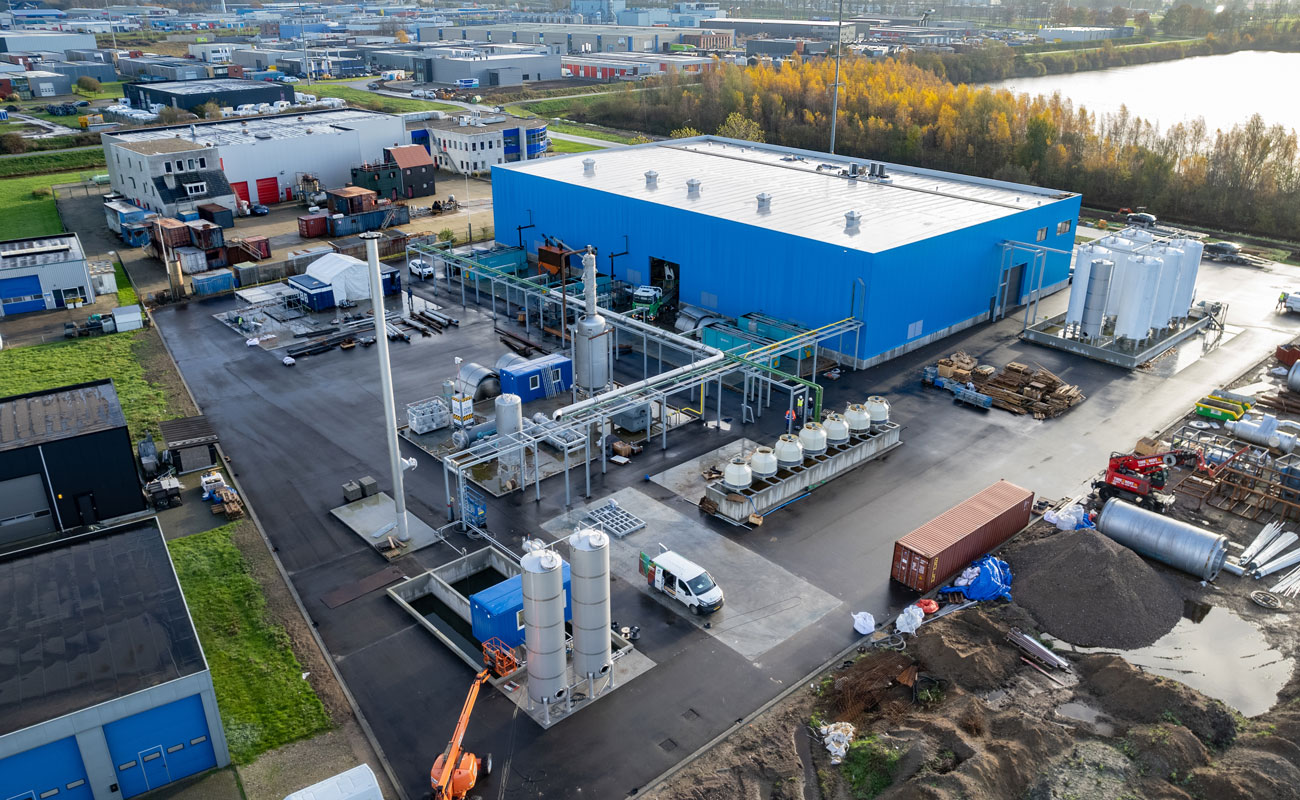Tire waste has long posed a significant environmental challenge, with its improper disposal leading to pollution and resource wastage. In the pursuit of sustainable solutions, tire pyrolysis has emerged as a promising method to convert used tires into valuable products like fuel oil, carbon black, and steel. Two primary approaches in this domain are continuous tyre pyrolysis plants and batch tyre pyrolysis plants. Each method carries its own set of benefits and considerations, catering to distinct operational requirements and environmental goals.
Continuous Tyre Pyrolysis Plant
Continuous tyre pyrolysis plant embody an efficient and streamlined process. Here, tires are fed into a system that continuously operates without interruption. This steady-state operation offers several advantages:
Advantages of Continuous Plant
- Higher Efficiency and Productivity: Continuous plants boast an uninterrupted flow of materials, leading to higher overall efficiency. This setup eliminates the need for repeated start-stop cycles, resulting in optimal use of resources and energy.
- Consistent Output Quality: The continuous nature of the process promotes consistent temperature and reaction conditions, ensuring uniformity in the output. This reliability is particularly valuable when targeting specific product qualities.
- Reduced Labor Requirements: With automated feeding and product collection systems, continuous plants require less manual intervention, reducing labor costs and potential safety risks associated with frequent handling.
Batch Tyre Pyrolysis Plants
Batch tyre pyrolysis plants, in contrast, operate in cycles. A set of tires is loaded into the system, processed, and then unloaded before the next batch is initiated. This approach offers its own unique set of advantages:
Advantages of Batch Plants
- Simplicity and Ease of Operation: Small pyrolysis plant is often preferred for their straightforward operational procedures. Loading, heating, cooling, and unloading occur in distinct phases, making it easier to monitor and control each step.
- Flexibility in Handling Various Feedstocks: Batch systems can accommodate a wider range of feedstock variations and compositions. This adaptability is valuable when dealing with diverse tire types and conditions.
- Better Control over Pyrolysis Parameters: In batch plants, operators can fine-tune parameters for each batch, allowing for customization based on the specific tire input and desired output.

Comparison of Environmental Impact
Both continuous and batch tyre pyrolysis plant prioritize environmental responsibility, but their emission control methods differ:
Emission Control in Continuous Plants
Continuous plants often incorporate integrated scrubbing systems that efficiently capture and neutralize pollutants. This design results in minimized emission of harmful gases and particulates, contributing to cleaner air quality.
Emission Control in Batch Plants
Batch plants, due to their smaller scale and varied operational parameters, allow for tailored emission control setups. This flexibility aids in addressing localized environmental concerns effectively.
Energy Efficiency and Heat Recovery
Efficient energy utilization is a critical factor in sustainable pyrolysis processes:
Energy Optimization in Continuous Plants
Continuous plants implement advanced heat exchange mechanisms that maximize energy transfer efficiency. Surplus energy generated during the process can be harnessed for secondary purposes.
Energy Optimization in Batch Plants
Batch plants employ smaller scale heat recovery systems to capture and reuse thermal energy. Heat recirculation strategies are often employed to enhance the overall efficiency of the system.
Scalability and Investment Considerations
Finding a reliable tire pyrolysis plant manufacturer is crucial. As an experienced company, Beston Group is a good choice for investment. Considering scalability and investment aspects helps make informed decisions:
Scalability of Continuous Plants
Continuous plants feature modular designs that facilitate incremental capacity expansion. This scalability is advantageous for businesses with increasing processing demands.
Investment Aspects of Batch Plants
Batch plants generally require lower initial investments due to their simplified setups. However, they may face limitations in scaling up to accommodate higher volumes, potentially impacting long-term growth prospects.
In conclusion, the choice between continuous and batch tyre pyrolysis plants depends on various factors, including operational goals, feedstock diversity, and environmental priorities. Continuous plants excel in efficiency and consistency, while batch plants offer simplicity and flexibility. Each approach contributes to the vital endeavor of tire waste management, bringing us closer to a greener and more sustainable future.
